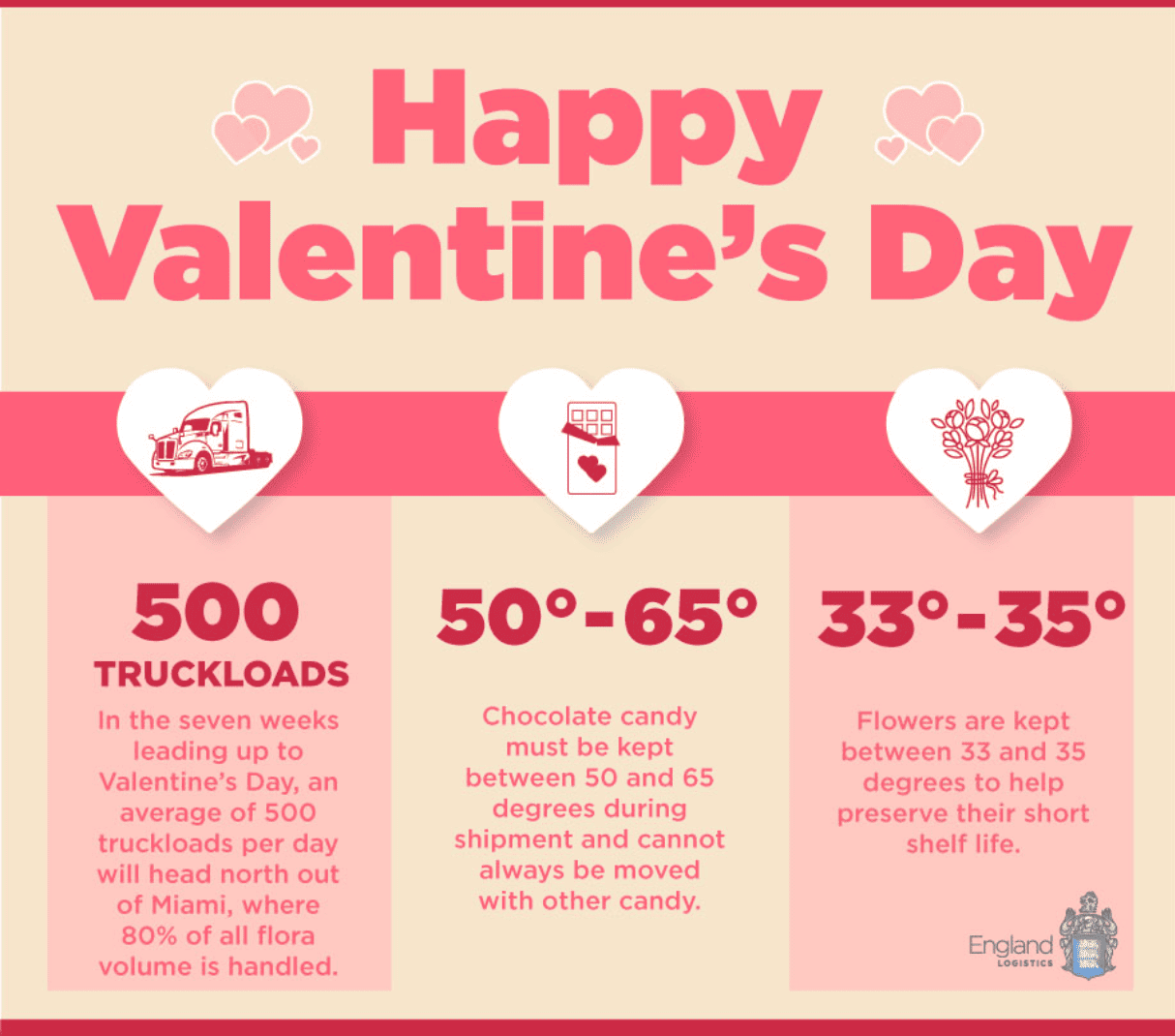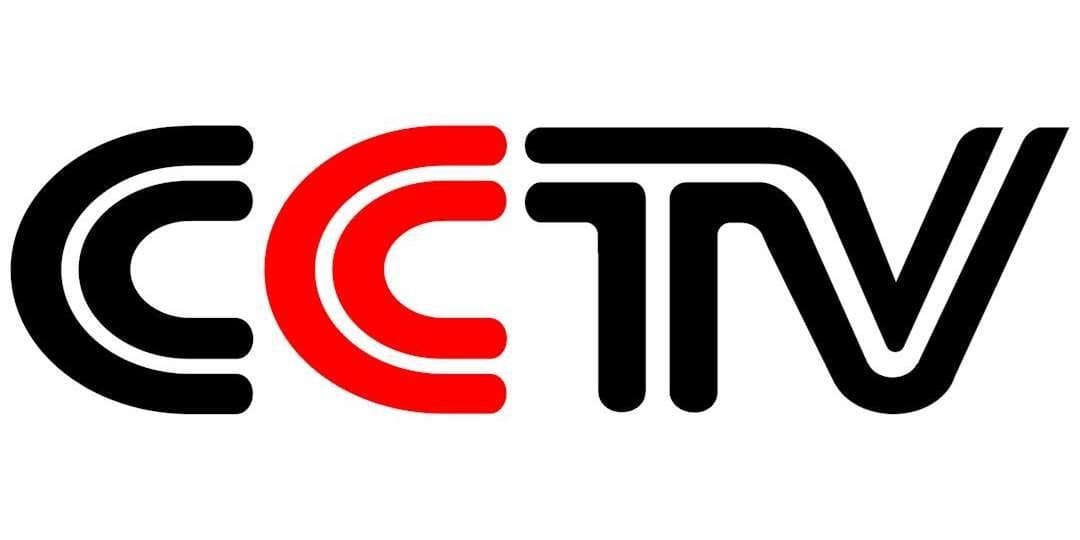In today’s marketplace, consumers often face a wide array of choices when purchasing products or services. Making the right choice is crucial. “Before you buy reviews” is an essential resource for consumers, helping them understand the pros and cons of products and make informed decisions based on their actual needs. This article will guide you through objective product review methods to help you avoid unnecessary shopping mistakes and ensure every purchase is worthwhile.
Review Methodology
When conducting any product review, it is crucial to adopt a scientific and impartial approach. Below are our evaluation criteria, testing methods, and rating system:
- Evaluation Criteria
- Product Functionality: Does the product perform as advertised, and does it meet the consumer’s core needs?
- Value for Money: Does the product’s price match its quality and features?
- User Experience: From the user’s perspective, we evaluate the product’s ease of use, comfort, and other factors.
- Durability: How well does the product hold up over time?
- After-Sales Service: How reliable is the manufacturer or seller in terms of customer support, return policies, and warranty?
- Testing Methods
- Real-world Usage: We personally use the product and record our experiences.
- Expert Evaluation: Industry experts and experienced users provide their assessments.
- Market Feedback: We gather user reviews, ratings, and real-world case studies.
- Rating System We use a five-star rating system, from 1 star (poor) to 5 stars (excellent), to assess various aspects of the product.
1. Value Evaluation Framework
Before purchasing any product, it is vital to understand its value. Consumers should assess whether the product’s price is reasonable and if it offers unique advantages over other products. For example, a laptop might be priced much higher than similar products, but if its performance and quality are not significantly superior, its value is questionable. On the other hand, if the product excels in innovation and functionality, a higher price may be justified.
2. Comparison Methods
Comparing products is a highly effective way to make a decision. Consumers can compare different brands or models to clearly see their differences in features, pricing, user experience, and other factors. For instance, when buying a smartphone, you can compare the specifications, user reviews, and after-sales service of multiple popular models to make a more informed choice.
3. Considerations Before Buying
- Product Needs: Understand your actual needs and avoid being swayed by excessive marketing.
- Brand Reputation: Opting for well-known brands often ensures better quality and after-sales support.
- Buying Channels: Choose reputable sellers to ensure product quality and after-sales service.
Case 1: Apple iPhone 13
From our testing, the iPhone 13 performs excellently in several areas. Its top-tier performance, high-quality display, and superb camera make it one of the most popular smartphones on the market. However, its high price may cause some hesitation, especially for budget-conscious consumers. While it may not offer a significant advantage over competitors in terms of features, its brand value and loyal customer base make it a worthy investment.
Case 2: Sony WH-1000XM4 Wireless Headphones
The Sony WH-1000XM4 headphones stand out with their excellent noise-canceling technology, comfortable fit, and high-quality sound. However, the relatively high price may make some consumers feel it is not cost-effective. For users who prioritize sound quality and noise cancellation, these headphones are an excellent choice. However, if you only need basic headphones, there may be more budget-friendly alternatives available.
When purchasing high-value products, we recommend consumers take the following steps:
- Set a Budget: Determine the price range you are willing to pay for the product and avoid overspending.
- Validate Your Needs: Ensure the product will fulfill your actual requirements, rather than being swayed by marketing tactics.
- Read Reviews: Review professional assessments and consumer feedback to understand the product’s strengths and weaknesses.
Conducting a thorough review before making a purchase is crucial to making an informed decision. Using the methodology introduced in this article, you can objectively analyze a product’s value, performance, price, and other factors, helping you avoid making the wrong purchase. Whether you’re buying tech products, household items, or any other goods, remember that understanding a product in-depth will always lead to greater satisfaction and value.
FAQ: Frequently Asked Questions
Q1: How can I determine if a product is worth purchasing?
A1: By comparing similar products in terms of features, pricing, and user reviews, and evaluating value for money, quality, and after-sales service, you can decide if a product is worth purchasing.
Q2: Are professional reviews completely reliable?
A2: While professional reviews provide objective analysis, the final decision should also consider personal needs and budget. Different users have different use cases, so it’s essential to take personal requirements into account.
Q3: Where can I find reliable review articles?
A3: Many tech websites and consumer electronics forums offer detailed product reviews. Additionally, user reviews on platforms like Amazon and JD can provide valuable insights.
- Before purchasing, assess a product’s features, value for money, and user experience.
- Comparing different products helps you make a more informed choice.
- Different products suit different consumers; identifying needs and setting a budget are key.
- Professional reviews provide valuable decision-making insights.
Rating Card/Decision Matrix
| Product/Service | Performance | Price | User Experience | After-Sales Service | Overall Rating |
|---|---|---|---|---|---|
| iPhone 13 | ★★★★★ | ★★★★☆ | ★★★★★ | ★★★★★ | ★★★★★ |
| Sony WH-1000XM4 | ★★★★★ | ★★★☆☆ | ★★★★★ | ★★★★★ | ★★★★☆ |
🔹 Purchase Recommendation: If your budget allows and you prioritize performance, the iPhone 13 and Sony WH-1000XM4 are both worthy high-end products. If you’re on a tighter budget, you might want to explore more cost-effective alternatives.


